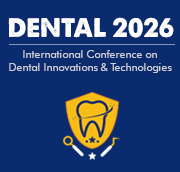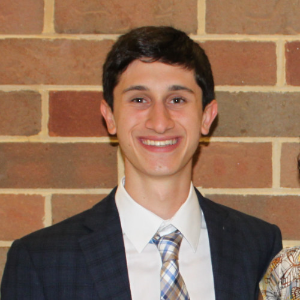Title : Cone-Beam Computer Tomography (CBCT) in Orthodontics: A Review of Functionality, Advantages, Limitations, and Potential Applications
Abstract:
Purpose: The purpose of this educational exhibit was to review the functionality, advantages, limitations, and potential applications of cone-beam computer tomography (CBCT) in orthodontics.
Search Methods and Data Collection: Peer-reviewed articles were acquired via the PubMed MEDLINE database until March 2022. Article selection was conducted according to the Preferred Reporting Items for Systematic Reviews and Meta- Analyses (PRISMA) Statement based on predetermined inclusion criteria. Quality of evidence was evaluated according to the Grading Recommendation Assessment, Development and Evaluation (GRADE) criteria.
Summary: Cone-beam tomography systems are modern radiographic imaging machines that produce three- dimensional images of dental and facial structure by rotating around a patient while capturing data with a cone-shaped x-ray beam. The need for three-dimensional imaging techniques originates from the limitations of two-dimensional imaging systems such as panoramic radiography. Some of these limitations include image distortion, elongation or compression of target tissues, overlapping of structures, and resolution differences across digital receptors. CBCT systems, by contrast, capture structures in multiple orthogonal planes (i.e., coronal, sagittal, axial), thereby generating images with improved accuracy and reduced magnification distortions, ghost images, and overlaps. In addition, CBCT systems provide practical advantages such as rapid scan times and lower radiation dosages. While the benefits of CBCT systems pique the interest of many practitioners, its drawbacks ultimately prevent widespread implementation. From an imaging perspective, CBCT systems demonstrate poor contrast resolution, thus detecting internal structures composed of soft tissues remains a challenge. These images are also susceptible to artifacts originating from scattered radiation, beam hardening, patient movement, and cone-beam effects. From a practical perspective, CBCT systems require additional training and cost more than their two-dimensional counterparts. The potential applications of CBCT in the realm of orthodontics remain a topic of study. Current uses of CBCT in orthodontic diagnoses and treatment planning include evaluation of impacted teeth, cleft lip, and cleft palate. Previous studies have demonstrated potential applications in examination of supernumerary teeth, root resorption, implant placement, TMJ pathology, craniofacial asymmetries, obstructive airways, and placement of temporary anchorage devices (TADs). New applications of CBCT arise almost daily. In the near future, CBCT systems may be used to develop three-dimensional digital models (without the need for alginate impression), Invisalign retainers, and orthodontic brackets.



